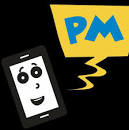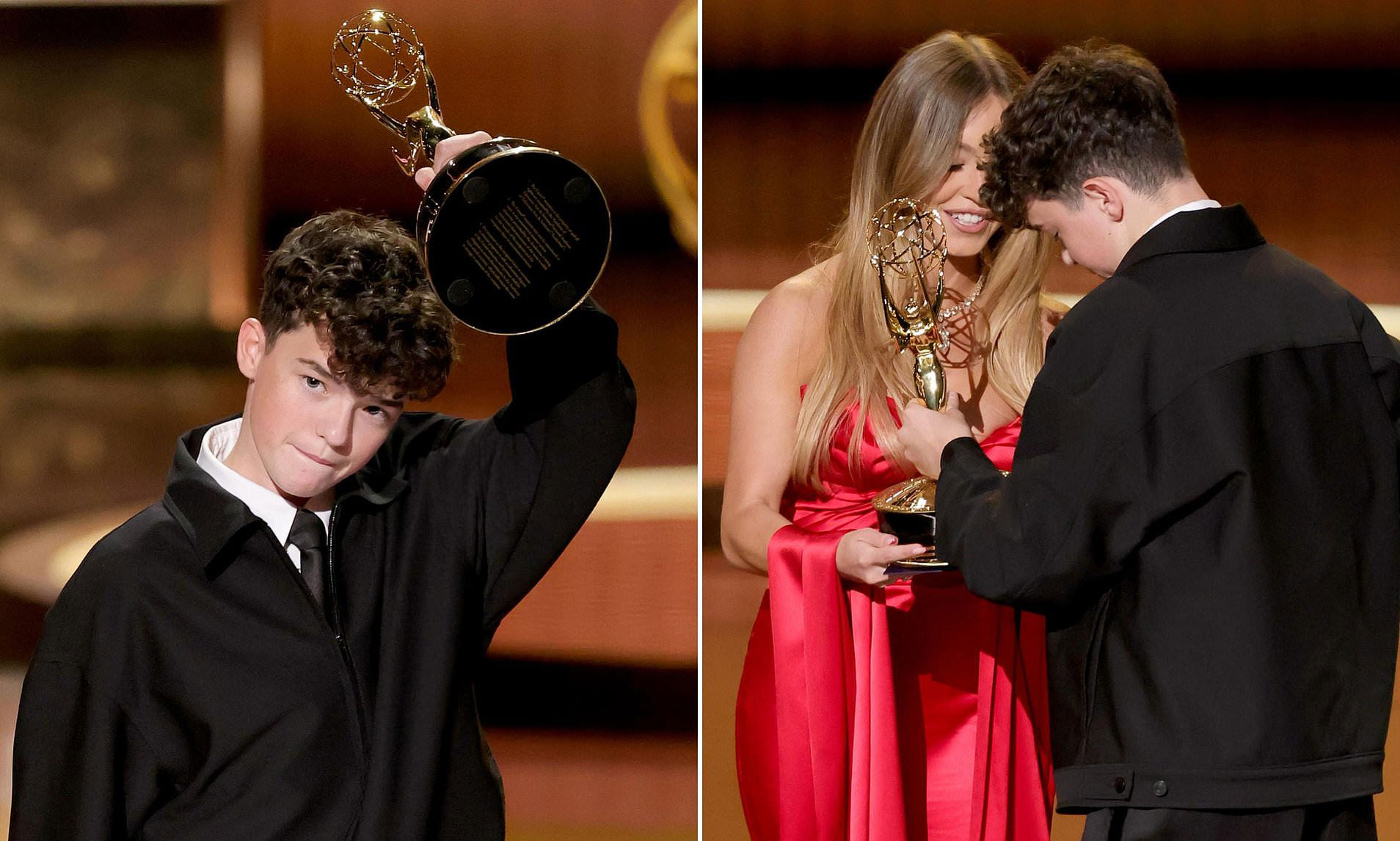The High-Stakes Moment That Almost Ended in Catastrophe
During the Women’s World Championship match at WWE Night of Champions 2025, challenger Raquel Rodriguez found herself in a perilous situation that threatened to turn the high-profile bout into a legitimate medical emergency. As Rodriguez attempted her signature “Tejana Bomb” finisher from the second rope, she lost balance mid-execution, leaving champion Rhea Ripley in a compromised position that risked serious neck injury. The harrowing incident—captured in viral slow-motion footage—lasted only seconds but revealed the razor-thin margin between planned spectacle and real danger in professional wrestling.

The near-disaster occurred during the match’s critical closing sequence. Rodriguez had strategically weakened Ripley throughout the 18-minute contest, targeting the champion’s back with power moves. As the capacity crowd roared in anticipation of a potential title change, Rodriguez positioned Ripley near the corner turnbuckle and ascended the ropes. What followed was a heart-stopping moment where physics nearly overrode performance, exposing the inherent risks of complex aerial maneuvers.
Anatomy of a Botch: How the Spot Unraveled
Eyewitness accounts and frame-by-frame video analysis reveal how the planned sequence went dangerously off-script:
-
Setup Deviation: Ripley positioned herself slightly too far from the corner ropes, altering Rodriguez’s launch trajectory
-
Balance Failure: Rodriguez’s left foot slipped on the top rope during elevation
-
Mid-Air Compensation: Both athletes instinctively adjusted their bodies, creating rotational momentum
-
Compromised Landing: Ripley’s head and neck became primary impact points instead of her shoulders
“This wasn’t a case of negligence—it was centimeters and milliseconds conspiring against execution,” explained former WWE producer Jamie Noble in post-event analysis. “When you’re dealing with athletes of this size [Rodriguez: 6’0″, 165 lbs; Ripley: 5’8″, 150 lbs], the margin for error disappears.”
Ripley’s Split-Second Rescue: A Masterclass in Ring Awareness
What transformed a potential career-ending incident into a recoverable botch was Ripley’s extraordinary presence of mind. As Rodriguez began to lose control mid-maneuver, the champion executed three critical safety measures almost simultaneously:
-
Neck Protection: Tucked her chin forcefully to avoid direct cervical impact
-
Weight Redistribution: Used her core strength to twist her torso sideways
-
Impact Absorption: Relaxed her body rather than bracing rigidly against the fall
“Rhea turned a dangerous vertical spike into a glancing blow,” noted orthopedic specialist Dr. Michael Stevens, who reviewed the footage. “Her instinctive body control likely prevented a compression fracture.”
The champion’s quick thinking extended beyond physics. As both women landed in a tangled heap, Ripley immediately initiated audible call adjustments, whispering instructions that allowed them to transition into an improvised pinning sequence that maintained match continuity.
Fan Reactions and Social Media Firestorm
The incident ignited immediate reactions across the wrestling world:
-
Live Crowd: A collective gasp followed by uneasy murmurs during the 3-count
-
Twitter/X: “#RaquelBotch” trended globally within 8 minutes of the spot
-
Industry Peers: Mixed reactions from “unforgivable recklessness” to “could happen to anyone”
-
Betting Markets: Odds for Rodriguez’s push being downgraded shifted dramatically
Backstage reports indicated WWE medical staff conducted enhanced concussion protocols on both athletes immediately after the match, though neither required hospitalization. “We treat every impact like a potential injury,” stated WWE Head Physician Dr. Jeffrey Dugas. “Thankfully, both competitors passed all assessments.”
The Ripple Effect: Career Implications and Future Booking
This incident carries significant consequences beyond a single botched move:
For Rodriguez:
-
Loss of creative trust during critical push window
-
Potential simplification of move set
-
Increased scrutiny on high-risk spots
-
Damage control meetings with Triple H and producers
For Ripley:
-
Enhanced reputation as a “safe worker”
-
Increased leverage in championship reign
-
Cemented status as locker room leader
-
Praise from veterans like Randy Orton and Natalya
WWE’s production team worked overnight to minimize replays of the incident during broadcast packages, instead emphasizing Ripley’s successful title defense. However, wrestling forums and YouTube analysts have dissected the footage extensively, with channels like WrestleTalk generating over 500,000 views in 12 hours.
Historical Context: When Saves Prevented Disaster
This incident joins WWE’s history of narrowly averted tragedies:
| Year | Incident | Savior | Outcome |
|---|---|---|---|
| 2025 | Rodriguez Tejana Bomb | Rhea Ripley | Full recovery, match continued |
| 2021 | Big E suicide dive | Ridge Holland | Career-saving catch (post-injury) |
| 2017 | Shane McMahon leap | Kevin Owens | Protected landing after slip |
| 1998 | Mick Foley Hell in Cell | Undertaker | Adjusted throw trajectory |
“What separates great workers is disaster management,” observed Hall of Famer Shawn Michaels during NXT coverage. “Rhea demonstrated why she’s champion material beyond the script.”
The Safety Debate: Risk vs. Spectacle in Modern Wrestling
This incident reignites critical industry discussions:
-
Move Complexity: Are today’s athletes attempting overly dangerous sequences?
-
Schedule Impact: Does WWE’s relentless travel contribute to fatigue-related errors?
-
Training Gaps: Should performance center curriculum emphasize botch recovery?
-
Fan Expectations: Has the demand for “holy sh*t moments” escalated physical risks?
WWE’s Head of Talent Development Matt Bloom confirmed to Sportskeeda: “We’re implementing mandatory botch response drills starting next month. Every second counts when things go wrong.”
Frequently Asked Questions
Was Raquel Rodriguez punished for the botch?
While not publicly fined, sources confirm she’s been temporarily restricted from high-risk spots and will work with performance coaches.
Did Rhea Ripley suffer any injury?
Medical reports indicate minor cervical strain but no structural damage. She’s cleared for upcoming events.
How common are such near-misses in WWE?
Industry insiders estimate 3-5 potentially dangerous botches occur monthly, though most are successfully masked.
Will this affect Rodriguez’s push?
Likely short-term consequences, but WWE historically forgives recoverable errors from talented performers.
A Stark Reminder of Wrestling’s Physical Reality
The Rodriguez-Ripley incident at Night of Champions serves as a powerful testament to wrestling’s dual nature as both entertainment and athletic endeavor. While Ripley’s quick thinking averted tragedy, the near-miss underscores the extraordinary risks performers undertake for audience spectacle.
As WWE moves forward, this moment will likely influence training protocols, match planning, and performer awareness. In an industry built on simulated violence, the line between controlled danger and genuine peril remains thinner than a wrestling ring’s canvas—and Ripley’s instinctive save demonstrated why champion poise extends far beyond championship gold.




